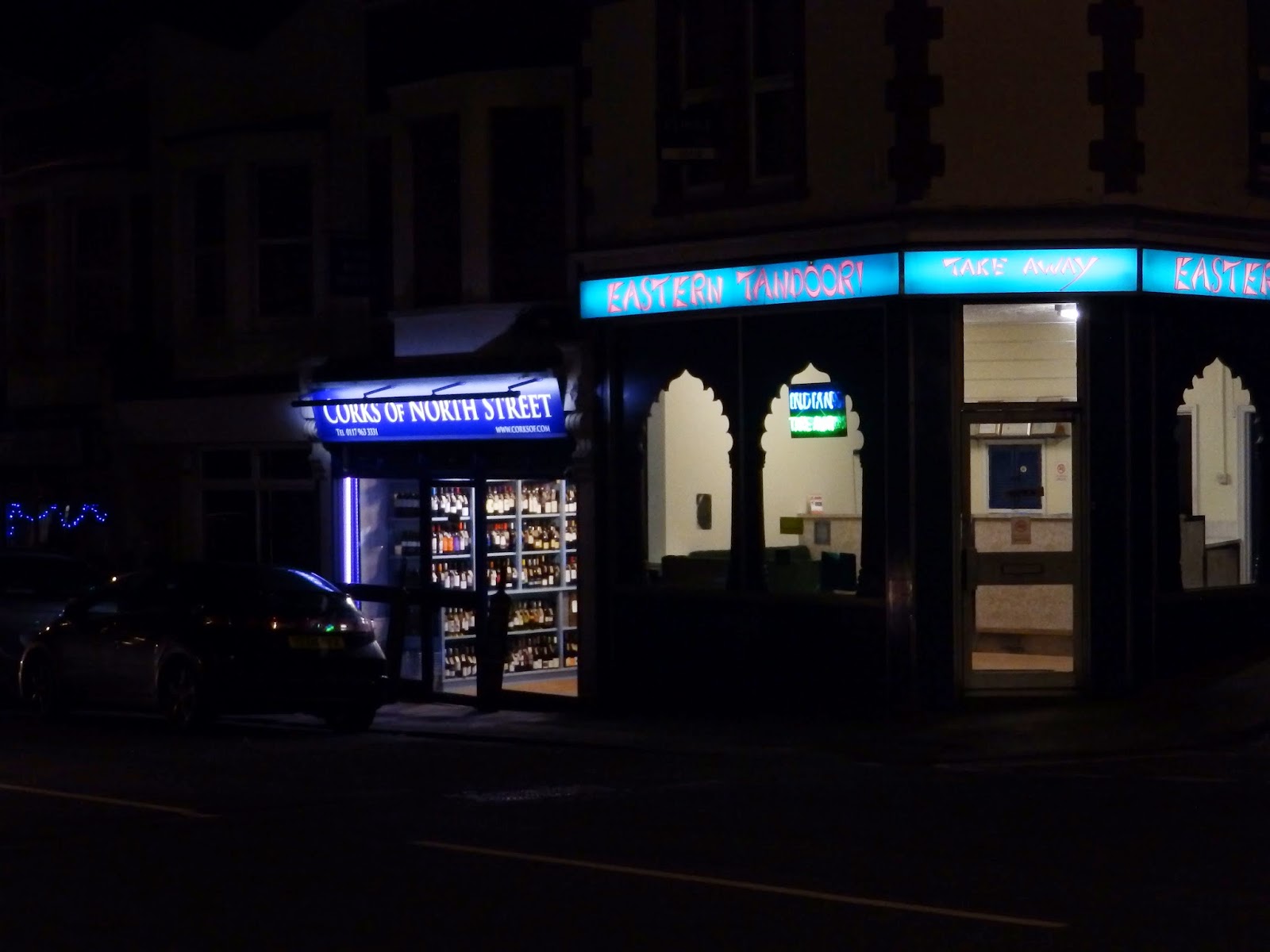Since a photographic camera is today a accesible object to everyone or nearly everyone, the ways and possibilities of use has been multiplied: since science to arts, to remember a moment, person or place, because work or pleasure... Take pictures became something usual and now photography is everywhere!!
Probably the best way to differentiate between kinds of photography is by their intention.
Scientific photography, for example, is used to research and study. The emphasis of this photography is on accuracy, making sure the work can be useful to scientists and researchers.

It is also very used with the same as intention
macro photography. But it is also used to show what details aren't very ovbious to the human eye, like the example above, you can see the minute details on the spider's face.
Another medium is
Street photography, which is used to capture the face of the society and the living elements using natural or available lights ( street lights, cars, shop lights, sun light... f.ex)

 Night
Night photography usually has the intention to capture lights, streets lights, cars, shops and nightlife...
Examples of this are found in club photography
and also artistic photography.
Fashion is a industry which uses photography
to promote the work of fashion designers and it's industry. Usually the photos are composed of staged portraits, using studio lights with a focus on glamour and the intention to sell the work of the designers.
Wildlife photography is used to catch images of wild animals in their natural habitat.
Usually they can't use artificial illumination and flashes as it would shock the animals (specially if they are wild). Wildlife photographers instead use long lenses to be safe and able to capture natural moments of very different ( and sometimes dangerous) animals.
 Sport
Sport photography is used to document and also promote sport events .
These photographers usually use fast speed shots to capture the movement and action inside the match or sport event. Again they make use of powerful lenses to bring the viewer closer to the action.
 Portrait
Portrait photography is used to capture the personality of the subject.
Sometime
they are taken inside of a natural setting, in a studio with artificial
illumination, or which is very popular in social media, a "selfie",
which is a self-portrait taken usually by amateurs with phone cameras
or small digital cameras.
Portrait photographs are sometimes used by actors, models, musicians... to promote themselves.
 B/W
B/W photography is used to capture the quality of textures, lights and shadows in whatever subject is being photographed.
It can be used in many ways, but maybe the most popular use of b/w is in portraits. But there are examples of b/w photography which are landscapes, wildlife, street photography, etc.



















 wrong bridge shot:exp 1/4 sec ISO400
wrong bridge shot:exp 1/4 sec ISO400














